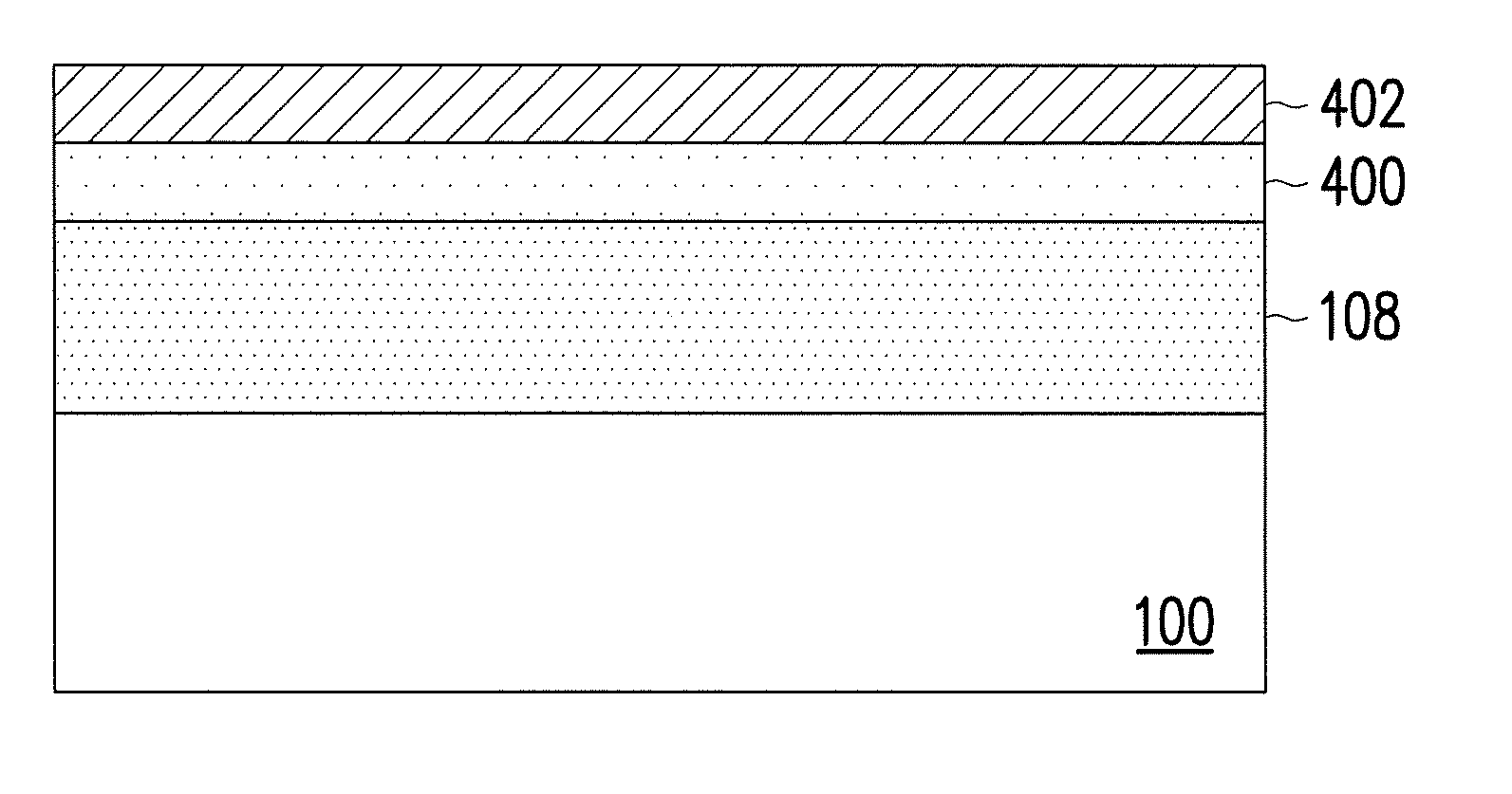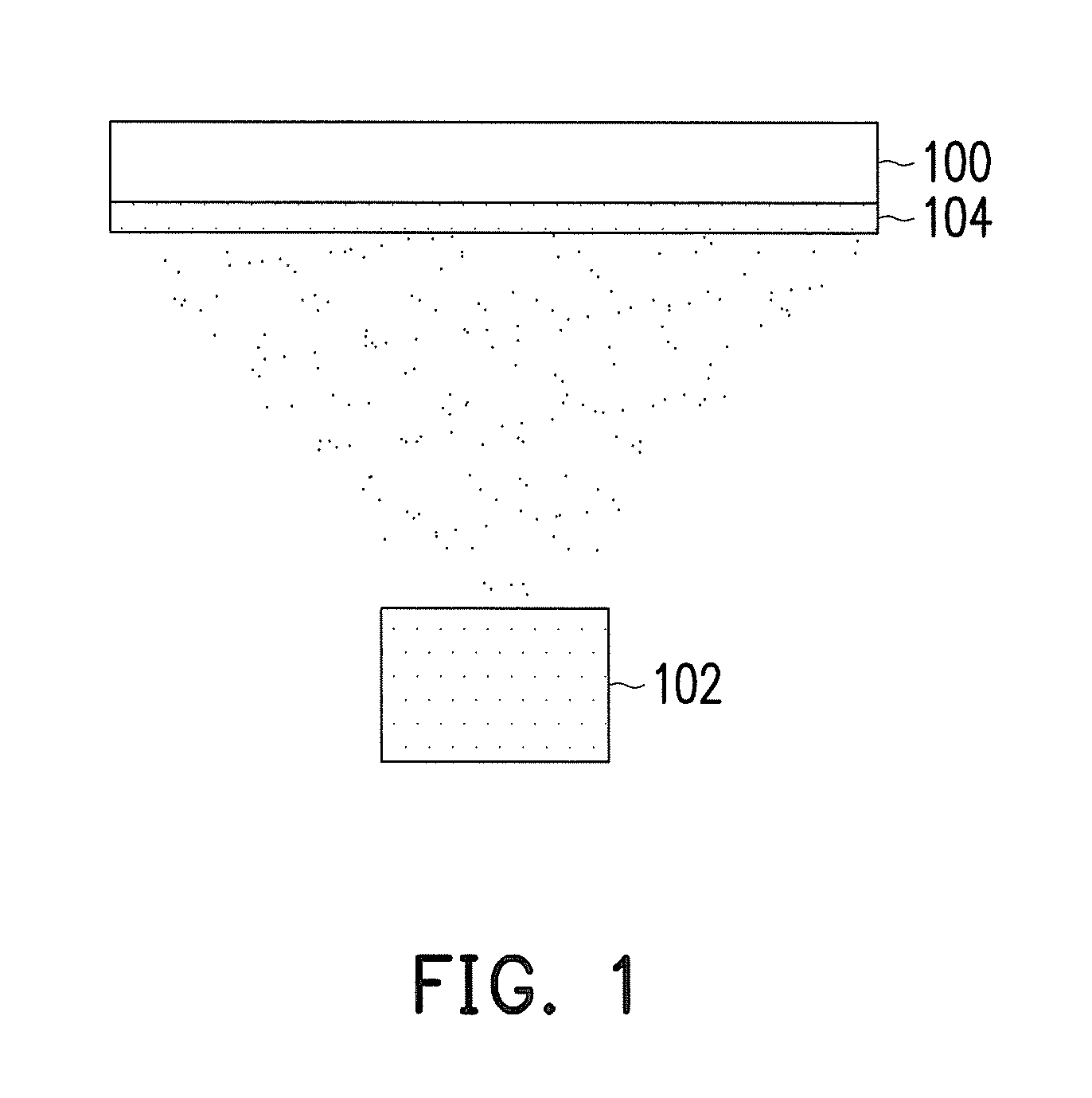Method of fabricating perovskite solar cell
a solar cell and perovskite technology, applied in the field of solar cell technique, can solve the problems of unstable conversion efficiency of solar cells, limited wet process, etc., and achieve the effect of high conversion efficiency
- Summary
- Abstract
- Description
- Claims
- Application Information
AI Technical Summary
Benefits of technology
Problems solved by technology
Method used
Image
Examples
experimental example
[0085]First, a layer of PEDOT:PSS (poly(3,4-ethylendioxythiophene): poly(styrenesulfonate) thin film is spin-coated on an ITO glass as an HTL, and then a layer of PbCl2 film having a thickness of about 150 nm is vacuum evaporated on the ITO glass on which PEDOT:PSS is formed, and the crystal structure thereof has a domain size of about 100 nm to 200 nm. Then, under the condition that the temperature of the ITO glass is greater than room temperature (65° C. to 85° C.), CH3NH3I is vacuum evaporated on the PbCl2 film, and PbCl2 is reacted with the CH3NH3I in situ during the process to foul′ a perovskite layer (CH3NH3PbI3-xClx, wherein 03NH3I is removed. Then, side view 5A and top view 5B are obtained via SEM, and it may be seen from FIG. 5A that 500 is glass, 502 is an ITO layer coated with PEDOT:PSS, and 504 is a perovskite layer.
[0086]Then, C60 / Bphen used as an ETL and Ca / Ag used as an electrode layer (cathode) are formed on the perovskite layer via vacuum evaporation in order so as ...
PUM
| Property | Measurement | Unit |
|---|---|---|
| Temperature | aaaaa | aaaaa |
| Temperature | aaaaa | aaaaa |
| Temperature | aaaaa | aaaaa |
Abstract
Description
Claims
Application Information
 Login to View More
Login to View More - R&D
- Intellectual Property
- Life Sciences
- Materials
- Tech Scout
- Unparalleled Data Quality
- Higher Quality Content
- 60% Fewer Hallucinations
Browse by: Latest US Patents, China's latest patents, Technical Efficacy Thesaurus, Application Domain, Technology Topic, Popular Technical Reports.
© 2025 PatSnap. All rights reserved.Legal|Privacy policy|Modern Slavery Act Transparency Statement|Sitemap|About US| Contact US: help@patsnap.com



